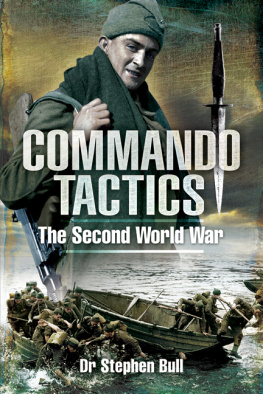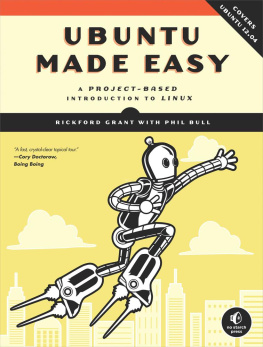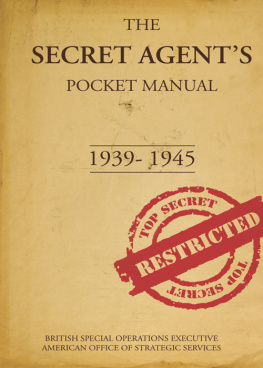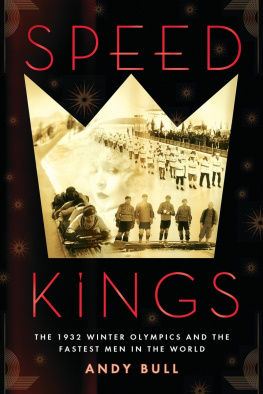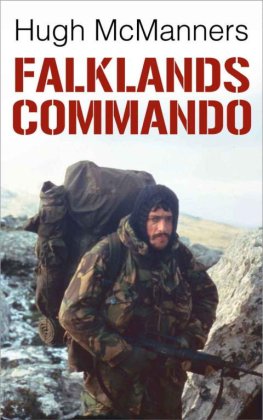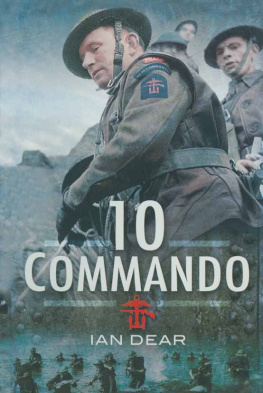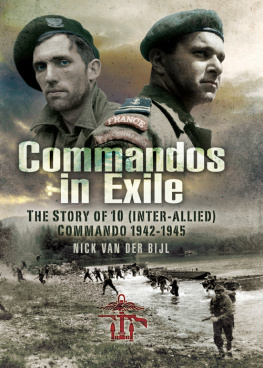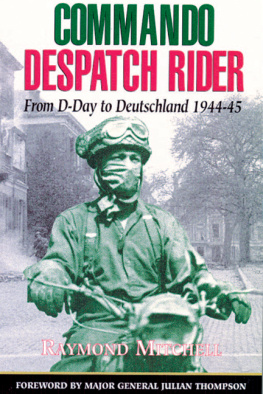

First published in Great Britain in 2010 by
Pen & Sword Military
an imprint of
Pen & Sword Books Ltd
47 Church Street
Barnsley
South Yorkshire
S70 2AS
Copyright Stephen Bull 2010
ISBN 978-1-84884-074-4
eISBN 978-1-78337-844-9
The right of Stephen Bull to be identified as Author of this Work has been asserted by him in accordance with the Copyright, Designs and Patents Act 1988.
A CIP catalogue record for this book is available from the British Library.
All rights reserved. No part of this book may be reproduced or transmitted in any form or by any means, electronic or mechanical including photocopying, recording or by any information storage and retrieval system, without permission from the Publisher in writing.
Typeset in 11pt Ehrhardt by
Mac Style, Beverley, E. Yorkshire
Printed and bound in the UK by CPI
Pen & Sword Books Ltd incorporates the imprints of Pen & Sword Aviation, Pen & Sword Maritime, Pen & Sword Military, Wharncliffe Local History, Pen and Sword Select, Pen and Sword Military Classics and Leo Cooper.
For a complete list of Pen & Sword titles please contact
PEN & SWORD BOOKS LIMITED
47 Church Street, Barnsley, South Yorkshire, S70 2AS, England
E-mail: enquiries@pen-and-sword.co.uk
Website: www.pen-and-sword.co.uk
Contents
List of Plates
Acknowledgements
Virtually all works of non-fiction build upon libraries and archives, as well as the help and advice of others: this book is certainly no exception. The following individuals and institutions have been vital, and unstinting, in their efforts to assist though apologies are offered to any inadvertently omitted from this list.
The Liddell Hart Centre for Military Archives at Kings College proved particularly valuable and is here acknowledged specifically for access to, and permission to quote from, the archives of Major General Sir Robert Laycock; Brigadier Derek Mills-Roberts; Brigadier G. C. S. Montanaro; Lieutenant Colonel H. C. J. Hunt; Captain J. G. Burton; also the history of 30 Assault Unit, Royal Navy, compiled by Nutting and Glanville; and the E. J. Embleton collection. The archives collection of the Imperial War Museum proved similarly accommodating and is likewise warmly thanked for access to the papers of Major General J. C. Haydon; Lieutenant S. Weatherall; Lieutenant R. M. Lyons; A. E. Hines; A. F. L. Colson; Lieutenant J. B. Wetjen; Captain F. R. J. Nicholls; Lieutenant D. J. Carnegie; Major General T. B. L. Churchill; G. W. Read; P. H. B. Pritchard; Colonel N. A. C. Croft; J. E. C. Nicholl; I. C. D. Smith; and J. H. Patterson.
Ian Maine, my former colleague at the National Army Museum, and now Curator of the Royal Marines Museum, and his assistant Matthew Little, were extremely helpful to the enterprise. Similarly Dennis Reeves, Curator of the Liverpool Scottish Museum, has proved invaluable with his extensive knowledge of No. 4 Independent Company, and early Army Commando organisation and records. Jane Davies, Curator of the Queens Lancashires Collection, and Colonel John Downham, have provided information on a number of links between local regiments and the Commando forces. Lancashire Libraries succeeded in unearthing a number of fairly obscure volumes some of which were ultimately tracked down only through inter-library loans from other institutions. The late Dr Paddy Griffith is remembered, for both inspiration and for organisation of a number of relevant study days.
Preface
Since 1945 there have been dozens of works on the British Commandos of the Second World War. This first special force has been covered in everything from comic books to memoirs, unit histories, and learned dissertations. Indeed a disproportionate amount of ink has already been spilt on this fairly small body of men who have arguably received better coverage than whole regiments and corps of the ordinary Army yet their mystique has remained considerable. As a child I recall that our neighbour had served as a Commando in the Second World War, and the very mention of the unit awed many of my elders who had themselves served creditably into silence. It was also a term with even greater playground resonance than cowboy or spaceman. The venerable and still much-respected title Commando, now more than a century old, remains in use, proudly borne by the modern Royal Marine Commandos, whose deeds continue to add lustre to the name.
Nevertheless, it may reasonably be asked what a new book could possibly have to offer. Yet, whilst the subject matter is not new, there are still significant questions that have not been posed, and material that has not been deeply plumbed and sometimes not even consulted. It is also remarkable that events so recent in history can give rise to such divergent opinions, and such different accounts, even when eyewitness testimony is involved. What is attempted here is not just another narrative but some attempt at the whys and hows of formation, purpose, minor tactics, and ultimate significance of the Commando force. Not all the answers are comfortable: there were times when the Commandos were clearly more effective as a propaganda weapon than a fighting force being bluster rather than cold steel. On occasion they were almost victims of their own, sometimes inaccurate, reputation. There were times when even Churchill, at least the pragmatic midwife at the birth of Special Forces, if not their unequivocal champion, lost faith in their efficacy. There were, indeed, some disasters that no amount of positive media, medals, or extreme personal bravery, could possibly conceal.
Yet these falterings are essentially footnotes. For, in asking bigger questions about strategic deployment, tactical methods and doctrine, a different arguably more interesting story emerges. In short, there was no single, simple, set of Commando tactics; no single bible of combined operations, assault, movement and close combat, but many. The techniques of the Commando developed with his task and with the equipment available. From the outset, Commando leaders drew a distinction, not always welcome, between their men (with their intelligent application of the novel) and the herding together of the Regular Army who all too often did not learn to think or look after themselves. Moreover, the true Commando ethos was extreme tactical flexibility combined with self-reliance and team spirit. In this they became the experimental laboratory of both the invasion of Europe and future small-unit tactics. It was no accident that they learned to operate in smaller groups, nor that they sometimes pioneered the introduction of new equipment and techniques, nor that they learned to move in, or on, virtually anything over land or water; and that when all else failed they were usually better at the old skills forced marches, climbing, swimming and tactical movement than virtually anybody else. Many of their virtues remain those required of Special Forces to this day.
In concentrating on tactics, training, and examples of raids and small-unit combat, it has to be acknowledged that the following account is not a seamless chronicle. Certainly it cannot claim to be a complete history of all Commando units and deployments. Such a work would perforce be much longer, and probably obscure the specific and hopefully salient points presented. The main focus here is Europe, which was where many of the key methods were evolved, and on the sharp end of significant events in which techniques, weapons, equipment, and too often, men, were tried to destruction. Here first use and outcomes are regarded as more important than a repetition of all possible instances. Space is also devoted to training and the notion of lessons learned that was indeed the main mechanism by force of which knowledge and tactics were advanced. Finally, the effectiveness of the Commando idea is examined: was it primarily a physical phenomenon, or was it more to do with morale? This approach critical as it sometimes is implies no slight upon the first Commandos: for emphasis upon difficulty, extreme challenges, close combat and adaptation serves only to distinguish what made these men genuinely a special force.
Next page
